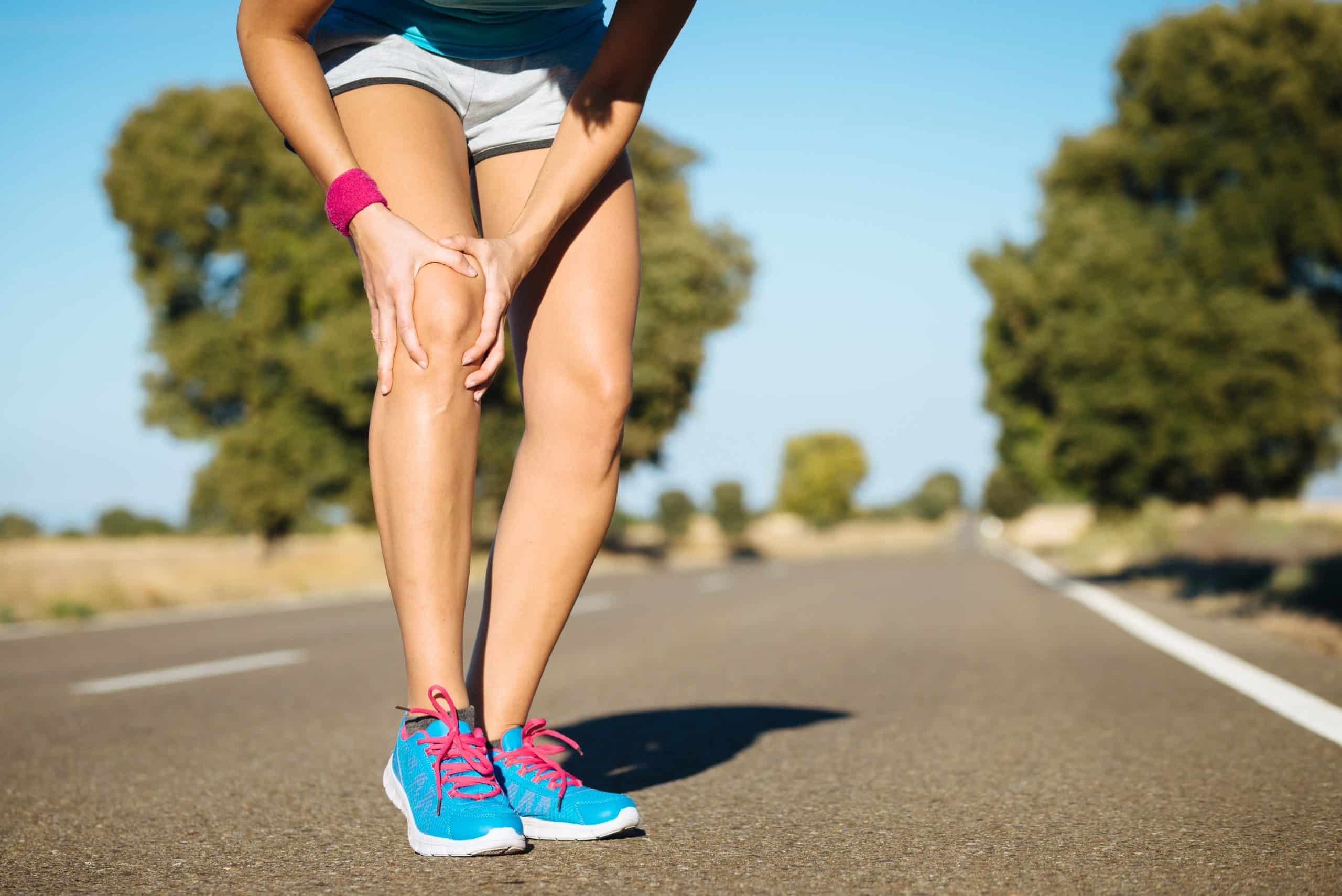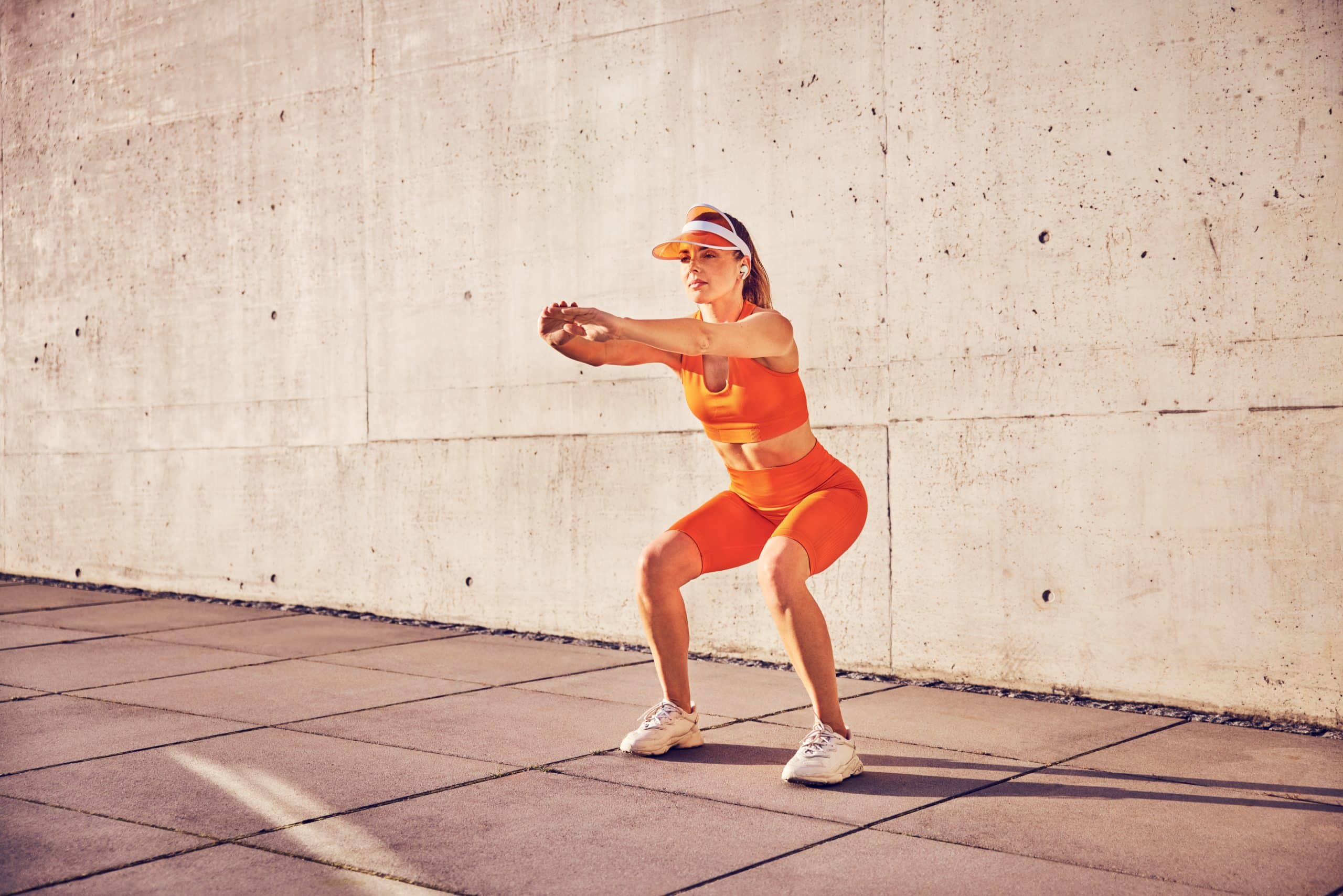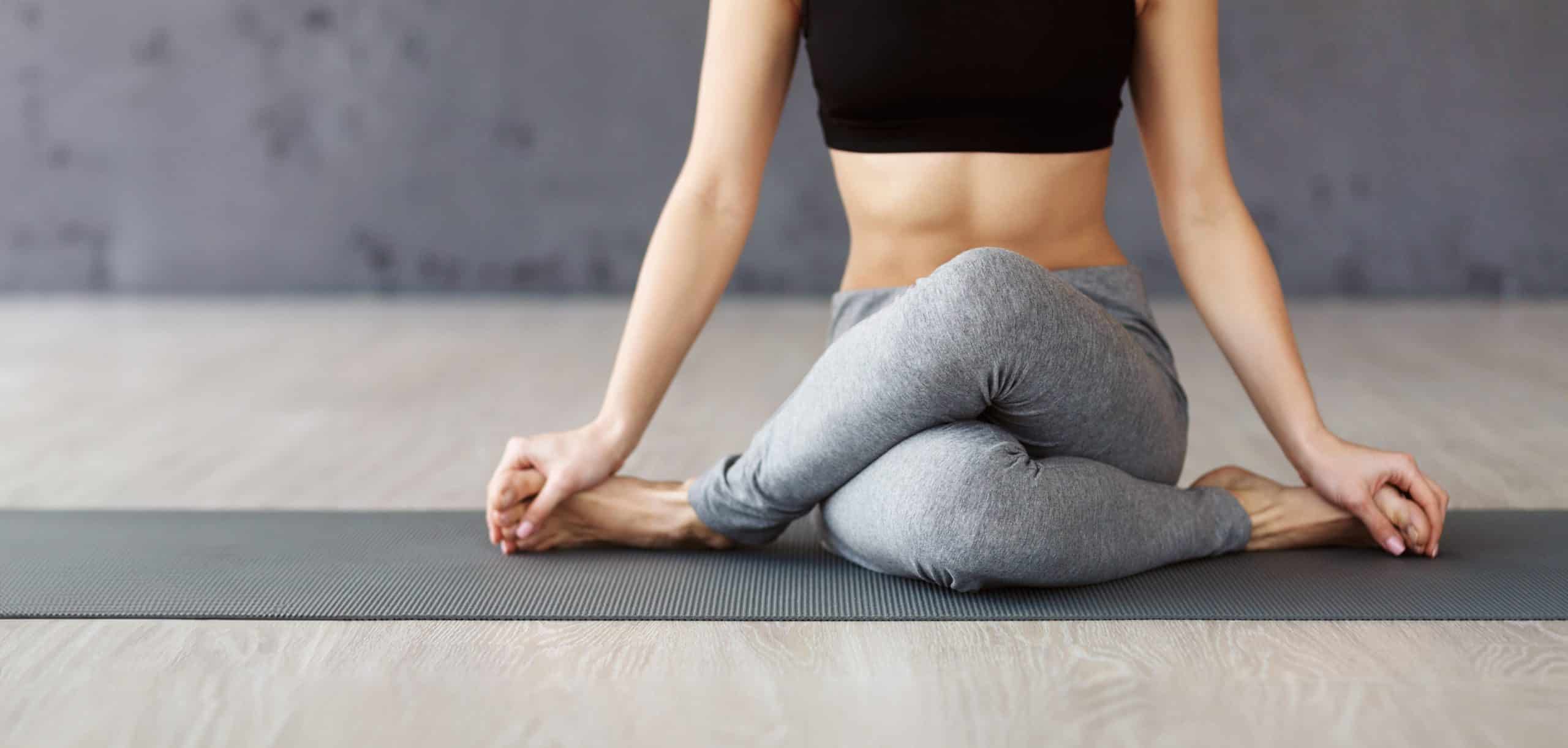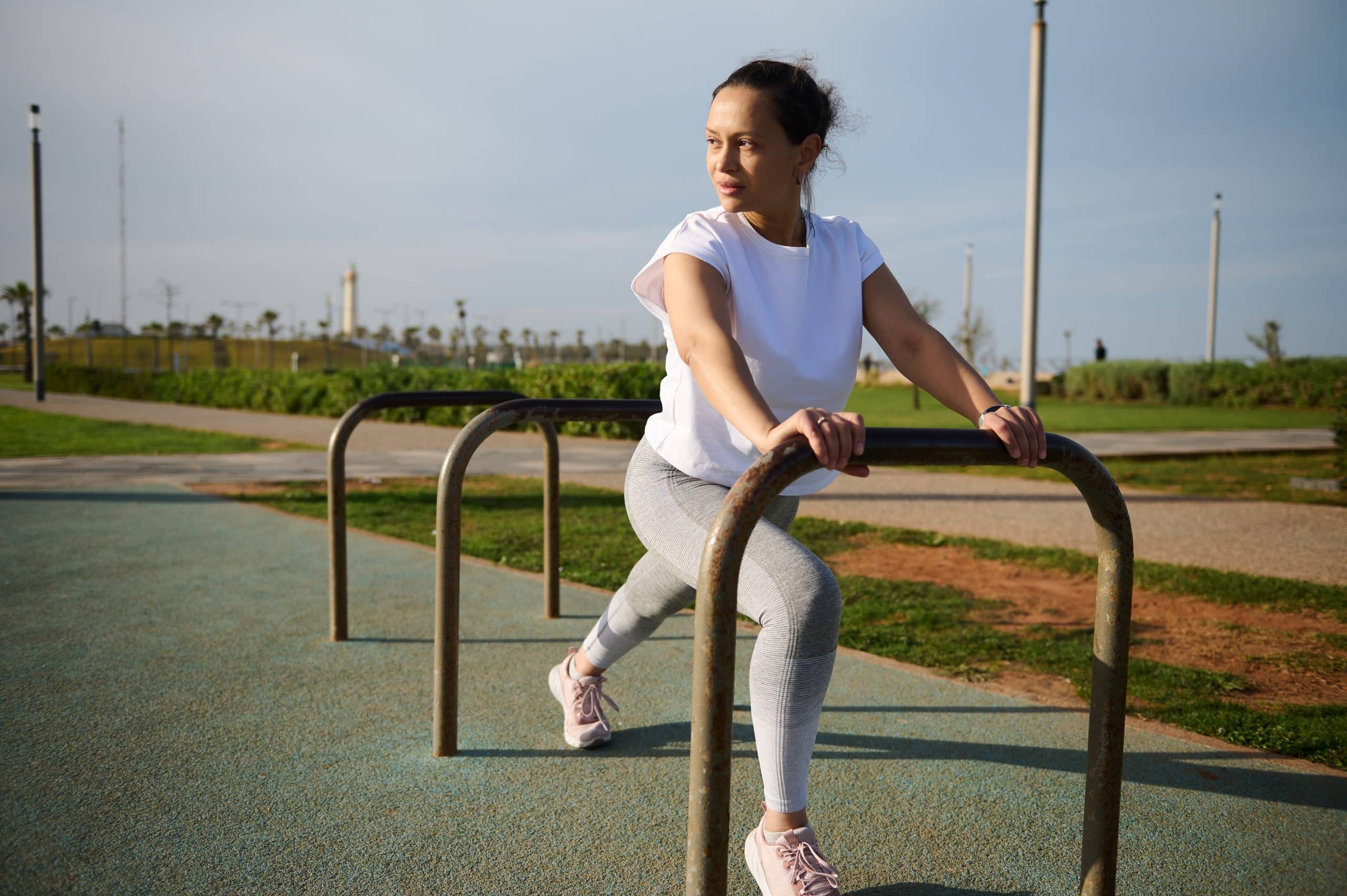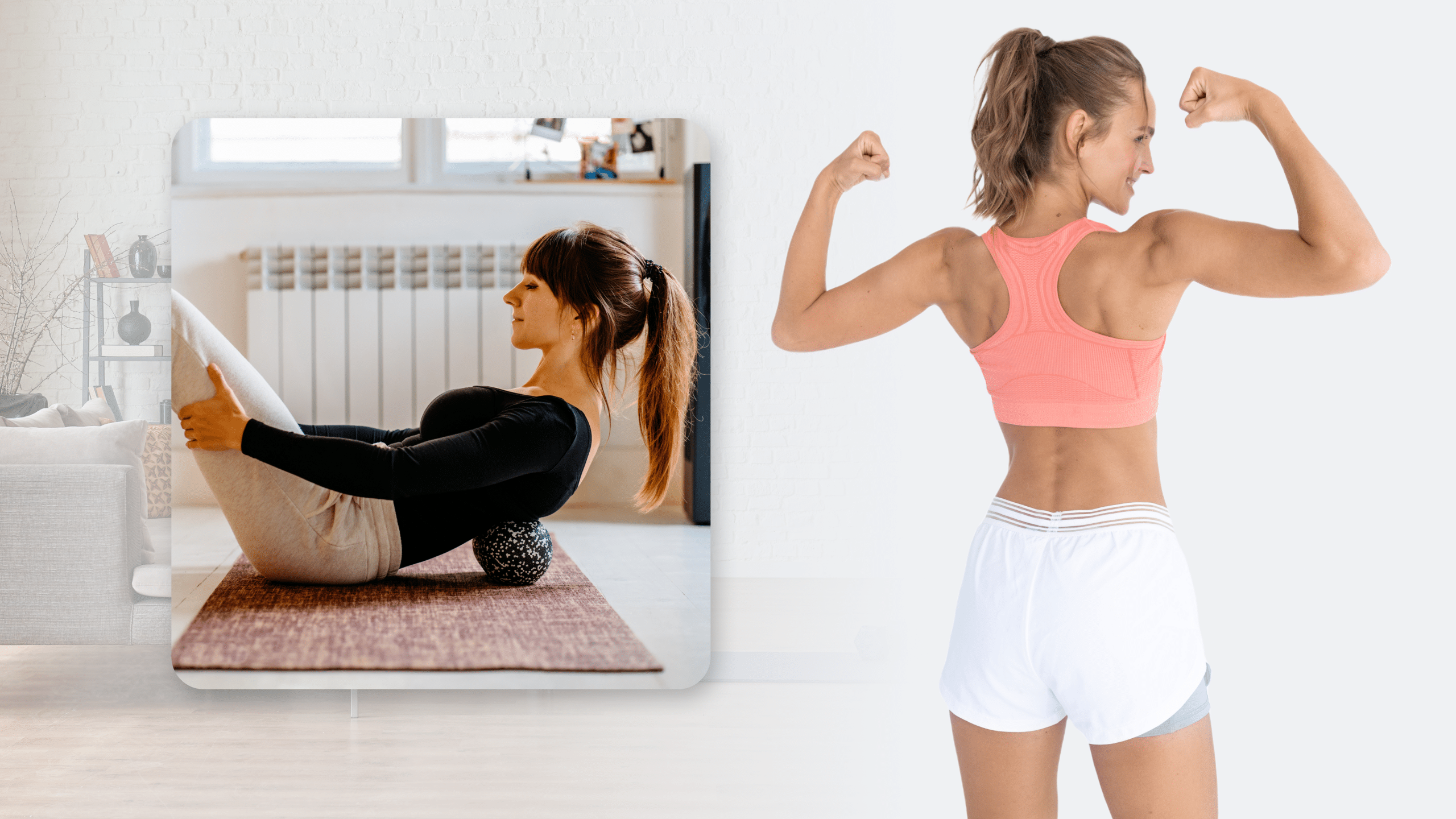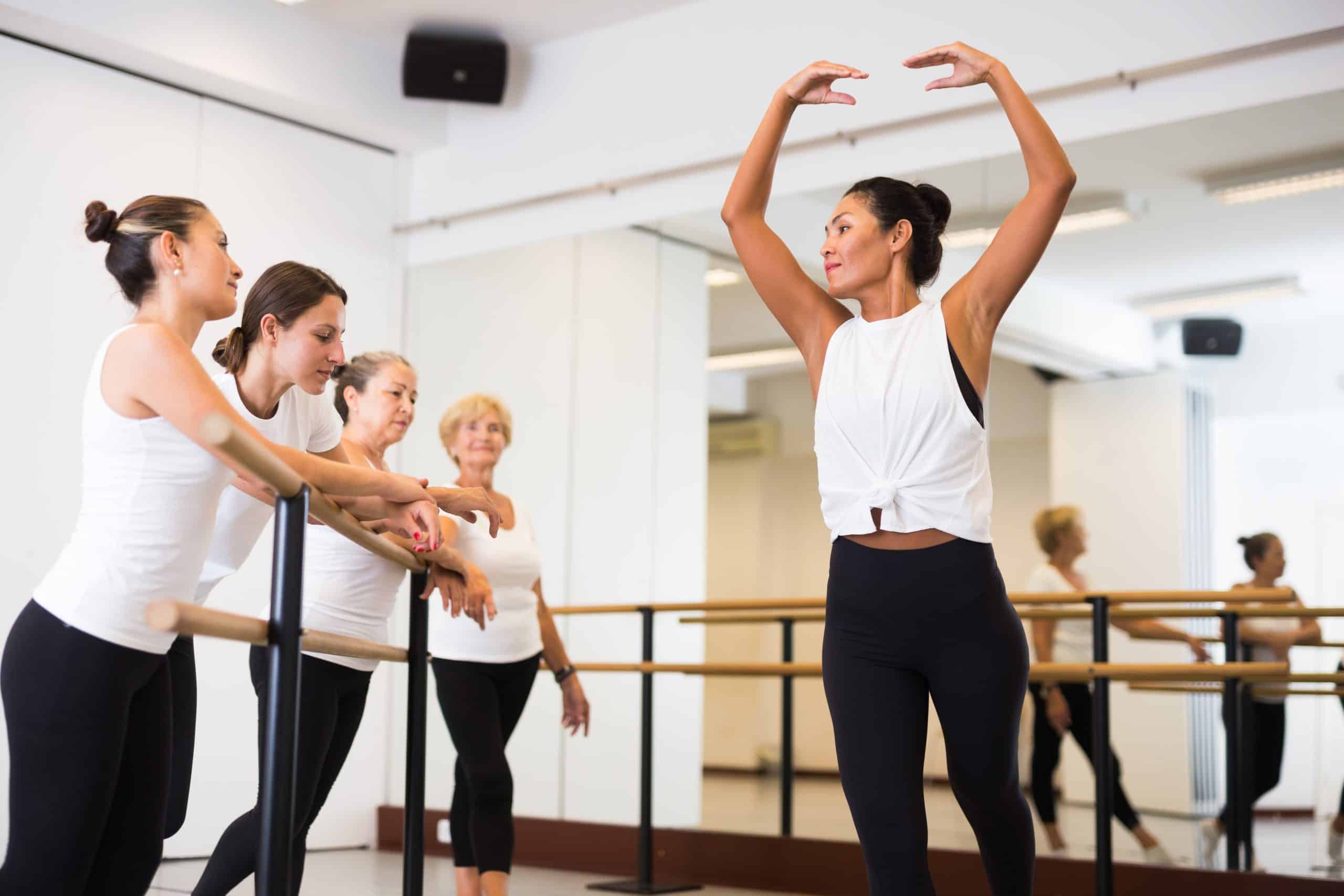Let’s face it, being younger doesn’t necessarily equate to being healthier. Both adults and young individuals can suffer from knee pain. As you’ve opened this article, you may be dealing with knee issues yourself.
Unfortunately, knee pain is quite common among a vast number of people. The causes are varied and can start from a sedentary lifestyle where you spend the majority of your day sitting down, to pathological causes such as arthritis or past injury.
Well never mind the causes, you have your reality to deal with and all you can think about is how to alleviate that nagging pain. You can’t enjoy workouts, you can’t walk up the stairs, you can’t run, you can’t briskly walk – knee pain deprives you of so many enjoyable activities.
There are two options for you at this point: trek to the physical therapist or put together some specific home remedies.
In the best-case scenario, you’ll incorporate both options.
Are you facing pain in your knees? There are 3 knee therapeutic exercises that may help.
In the following article, I’ll provide you 3-scientifically-backed knee strengthening exercises at home to promote your knee health, in addition to effective home remedies for your knee pain.
What Are 3 Exercises to Strengthen Your Knees?
You can find lots of physiotherapy exercises for knee pain online that you can easily implement into your daily regime. Each of them usually takes just a few minutes but will give you positive results as they:
- Strengthen your muscles: Strengthening the knee muscles will reduce stress on your knee joint. The stronger muscles you have, the more it helps your knee joint absorb shock (4).
- Promote your flexibility: Stretching the muscles that you strengthen is important for enhancing range of motion and preventing injury. Gently stretching after strengthening exercises will make your muscles more flexible and reduce stiffness and soreness (4).
Before jumping directly into the 3 exercises, I should highlight that doing warm-ups and cool-downs before and after advanced knee-strengthening exercises is obligatory. Your warm-up should be dynamic, but can also be simple. Five to ten minutes of dynamic warm-up can include walking, stationary marching, elliptical, stair stepper, stationary bike, or anything else that gets your body moving and prepares your musculoskeletal and cardiovascular systems for activity and is all you’ll need.
BetterMe is your fast-track ticket to a long-lasting weight loss! Tailor your fitness journey and maximize your results with just a couple of swipes!
When you’ve completed your dynamic warm-up to your jam music, get ready to buckle down for your Exercises To Strengthen Knees.
Monster walk
How to perform:
- Stand with your feet hip-width apart, bend your knees slightly, toes pointing forward
- If you have a resistance band, place it just above your ankles.
- With your knees slightly bent, engage your core and step to the left. Step far enough to feel resistance, but not too far that your knees cave inward.
- Keep stepping to the left for 5 to 15 steps total.
- Stop, then step the same number of times to the right side, returning to the starting point. This is 1 set.
- Do 3 sets of 10 to 15 steps for each side (9).
If you don’t have enough space for 15 steps, take fewer steps and complete more sets as an alternative.
Supine Hamstring Stretch
How to perform:
- Lie on the floor with your legs bent.
- Lift one leg off of the floor, bringing the knee toward your chest. Clasp your hands behind your thigh below the knee.
- Straighten your leg and pull it gently toward your head until you feel a stretch.
- Hold this position for 30 to 60 seconds.
- Repeat with the opposite leg.
- Repeat 2 to 3 times for each leg (4).
Glute Bridges
How to perform:
- Lie on a mat with your knees bent and feet approximately shoulder-width apart.
- Gently lift your hips off the floor and push them up until your body forms a straight line from knees to shoulders.
- Hold the position for a few seconds and then slowly lower your hips down to the original position.
- Avoid arching or rounding your back. Keep your hips, knees, and feet in line (11).
These top-notch exercises for stretching and strengthening the muscles, tendons, and ligaments in your knees are easy enough for beginners. It is helpful to finish your knee mobility exercises with a nice cool-down activity. Stretching is the ideal way to balance your heart rate and blood pressure recovery. In addition, it also may help promote your performance in some activities by allowing your joints to move through their full range of motion.
Check out these three key cool-down activities:
Child’s pose
A step-by-step instruction:
- Sit on your heels, reaching your arms forward or alongside your body
- Breathe deeply, allowing your chest to fall into your thighs
- Rest your forehead on the floor
- Hold this position for 1 to 3 minutes
Downward-facing dog
A step-by-step instruction:
- From the high plank position, move your hips up and back, keeping your spine straight.
- Spread your fingers, pressing your weight between your hands.
- Engage your quadriceps to take the burden of the weight of your body off your arms.
- Rotate your thighs inward and sink your heels toward the floor.
- Hold this position for up to 1 minute.
- Exhale and bend your knees to come back to your starting position.
Corpse pose
A step-by-step instruction:
- Lie on your back, placing your arms alongside your body with your palms facing up, and your feet slightly wider than your hips
- Relax your body and let go of any tightness or tension
- Breathe deeply, allowing your body to fall heavily to the floor
- Stay in this position for 5 minutes or longer. This is meant to promote mindfulness and full body relaxation and recovery.
What Is Good Knee Therapy?
Good knee therapy depends on your knee pain symptoms, which can include:
- Difficulty straightening or flexing the knee
- Pain continues after three days of home treatment following an injury
- The joint is deformed
- The knee locks, buckles, or makes clicking noises
- Inability to bear weight on the knee*
- Pain is accompanied by fever*
- Swelling, redness, or warmth around the knee
- Pain, numbness, swelling, or tingling
- Severe pain, even when at rest (5)*
*Red flag symptoms. See “IMPORTANT” note below.
Good therapy should involve specific knee-strengthening exercises prescribed by a physical therapist. If your knee pain matches any of those outlined above, don’t attempt to treat the knee pain on your own, particularly if it’s been bothering you for days or weeks. By working with your physical therapist and doing efficient exercises, you’ll improve your mobility, strength, and stability.
IMPORTANT: If your pain or swelling is accompanied by a fever, severe pain regardless of rest or position change, or an inability to bear weight, you should seek medical care immediately from your physician or emergency department.
Read more: Therapeutic Exercise vs Therapeutic Activity: What’s the Difference?
Which Therapy Is Best for Knee Pain?
The rehabilitation that is best for your knee is highly specific to your diagnosis. For general acute aches and pains, you can likely rehabilitate your knee yourself with the right combination of rest, mobility/stretching techniques, and muscle activation.
For knee injuries and ailments that don’t gradually improve within three days, scheduling an appointment with your healthcare provider or physical therapist is best. They will be able to diagnose the cause of the issue and guide you in a targeted program to best address your specific diagnosis.
Again, if your knee injury involves any of the red flag symptoms outlined above (see IMPORTANT note), seek immediate medical attention as they may be signs of a more serious problem.
How Can I Do Knee Therapy at Home?
Dealing with a short-term knee problem is possible with home remedies.
The following remedies are effective, efficient, and achievable. They are seven effective home remedies to improve the health of your knees and your overall general health and well-being:
- Massage
- Heating and icing
- Improved diet and maintaining a healthy weight
- Staying mindful of your posture throughout the day
- Strength training
- Regular cardio/aerobic activity
- Tai chi
Massage
Massage, including self-massaging, may alleviate knee pain. The American Massage Therapy Association recommends the following self-massage instructions:
- While sitting on the floor, draw the heel of your hand on the top of your thigh and glide it as far as the knee, then release. Repeat five times. Do the same for the outer and inner sides of your thigh.
- Loosely create fists with your hands and tap the upper, middle, and lower thigh 10 times with both hands. Repeat three times.
- Press four fingers into the knee tissue and move up and down five times. Repeat the movements around the knee.
- Place your palm on top of your thigh, glide it down the thigh, then over the knee, and back up the outer thigh (8).
Heat and cold
Heat and cold can be effective for easing joint pain that results from arthritis (1).
- Heat relaxes muscles and promotes lubrication and blood flow, which reduces stiffness. Use a hot water bottle or a warm pad. The modality should result in the gradual feeling of warmth through the affected area, but should not inflict pain. If necessary, add an extra layer of towel between the heat source and your skin. Check your skin regularly to ensure you don’t experience skin injury or blistering.
- Ice wrapped in a cloth can decrease pain, swelling, and inflammation.
Improved diet and maintaining a healthy weight
If you have excess weight or obesity, you’re at a higher risk of knee pain. This is because carrying more weight adds more load to your knee joints. Maintaining a healthy weight starts by choosing a balanced diet that is:
- High in fruit, vegetables, and fiber
- Low in red meat, trans fats, and saturated fats (3)
Posture and support
Prolonged static postures of any kind have the potential to result in stress injuries or acute pain. Whether you spend most of your days standing or sitting, it’s important to vary your posture regularly and follow physical activity recommendations, such as those provided by the CDC or the American Heart Association. Here are some strategies to decrease your risk of stress injuries and pain related to prolonged postures: :
- Opt for chairs with a firmer surface
- Adjust your chair height if possible or sit on a firm pillow or chair cushion to raise your seating level if necessary
- Change your posture regularly. Research has shown that there is no “perfect posture”, but rather that variations in posture are most important. If possible, alternating between sitting and standing every hour or less throughout the day is incredibly effective.
- Wear comfortable shoes
If you’ve mustered up the courage to crush your weight loss goal, let Betterme take the sting out of this demanding process. Our app will help you restructure your habits, remold your life and crank up your fitness results!
Strength training
You’ve already discovered efficient exercises for the musculature that surrounds your knees. Why is it so important to strengthen your leg muscles? As you strengthen your upper leg muscles—the quadriceps and hamstring muscles— you protect your knee joint.
Here are some ways to strengthen these muscles:
- Hold a chair and squat (hinging at your hips) until your kneecaps cover your toes.
- Place one foot up on a step, then the other, stepping down again. Repeat the step-ups.
- Raise and straighten your leg while sitting down or lying.
- Sit on a chair and stand then sit again for a minute. Do this slowly, and controlled, avoiding using your hands for support if possible(7).
Physical activity
If you’re not into specialized strengthening exercises, you can engage in sports such as swimming, walking, or yoga. Being physically active is your winning boost in the health of cartilage tissue.
Tai chi
Tai chi is a practice that involves a series of gentle movements and physical postures, controlled breathing, and a meditative state of mind (10).
A study of 204 participants with knee osteoarthritis found that tai chi may have similar positive effects to standard physical therapy.
Both groups also showed improvements in depression and physical quality of life at 12 weeks(2).
Read more: Rehabilitation Therapy: A Comprehensive Guide to Seven Types and Their Benefits
FAQs
How can I do knee physiotherapy?
You can do versatile knee-strengthening exercises at home or under the supervision of the instructor. Make sure you talk to your physical therapist who will prescribe exercises suitable for your condition and needs. Look at the top of the article where you’ll find effective exercises for knee pain relief.
How can I rehabilitate my knee quickly?
If you’re dealing with short-term pain in your knees, engage in easy knee stability exercises, try the heat and cold method, or massage your legs gently. In addition, make sure you have a healthy weight and are varying your posture frequently throughout the day.
What is a normal knee exercise?
A normal knee exercise strengthens your knees and reduces stiffness. Try monster walks, supine hamstring stretches, and glute bridges. I have provided step-by-step instructions for you in this article so you can complete the workout with good form and technique.
How can I relax my knees?
Your award-winning way to relax your knees is to switch to cool-down stretching activities. They reduce muscle soreness and stiffness. In addition, a fruitful cool down prepares you for future physical activity by speeding up your recovery process.
The Bottom Line
Are you facing pain in your knees? These 3 knee therapeutic exercises may help. Knee-strengthening exercises promote flexibility and make your muscles stronger.
You’ve just learned how to perform monster walks, supine hamstring stretches, and glute bridges. Make sure you spare some time for a warm-up before the exercises and a cool-down afterward.
You should consult your healthcare provider if you’re experiencing long-term knee pain. Your physical therapist may give you efficient personalized exercises and provide you with additional healing tips.
For low-level acute knee pain, try the seven home remedy techniques that are outlined above.
DISCLAIMER:
This article is intended for general informational purposes only and does not address individual circumstances. It is not a substitute for professional advice or help and should not be relied on to make decisions of any kind. Any action you take upon the information presented in this article is strictly at your own risk and responsibility!
SOURCES:
- Applying Heat vs. Cold to an Arthritic Joint (2015, arthritis-health.com)
- Comparative Effectiveness of Tai Chi Versus Physical Therapy for Knee Osteoarthritis: A Randomized Trial (2016, ncbi.nlm.nih.gov)
- Fourteen home remedies for knee pain (2023, medicalnewstoday.com)
- Knee Conditioning Program (2018, aaos.org)
- Knee pain (2022, medlineplus.gov)
- Knee pain (2023, mayoclinic.org)
- Osteoarthritis (OA) of the knee (versusarthritis.org)
- Self-Massage For Knee Pain (2015, amtamassage.org)
- Stretches and Exercises to Strengthen Your Knees, from a PT (2023, hss.edu)
- Tai Chi: What You Need To Know (2023, nccih.nih.gov)
- Top Exercises for Knee Pain (2023, webmd.com)

